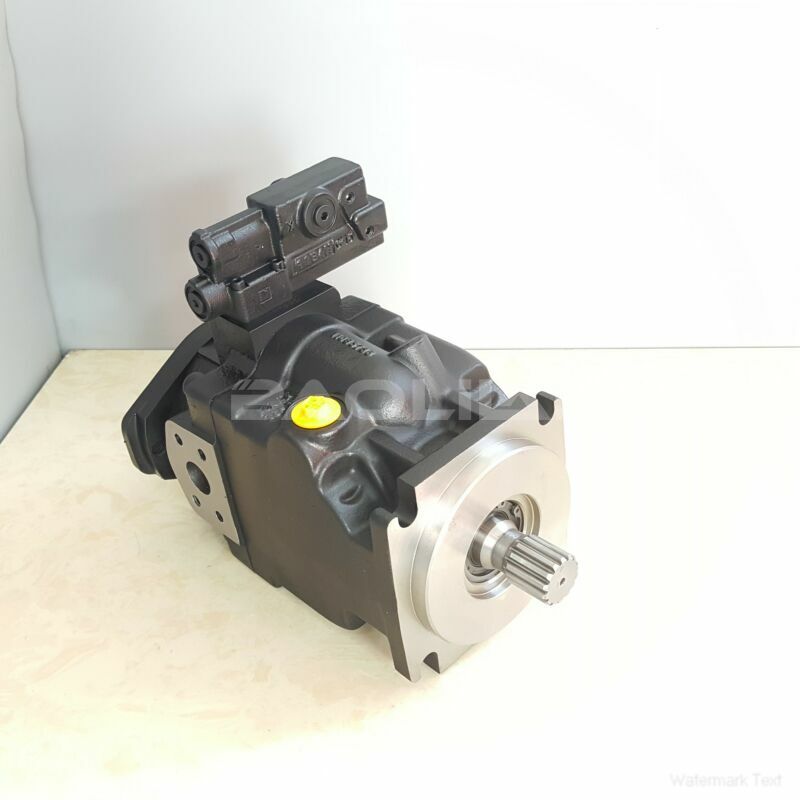JRRS75CLS2424NNN3K4NEA8NNNNJJJNNN piston pump
JRRS75CLS2424NNN3K4NEA8NNNNJJJNNN piston pump

- Product Details
- Applicable Scene
Hydraulic pumps play a critical role in the realm of industrial applications, especially concerning fluid power systems used for fluid circulation and handling in chemical reactors. These pumps are fundamental components that ensure efficient and reliable operation of various processes within chemical manufacturing and processing. This article explores the significance of hydraulic pumps, their types, and their applications in chemical reactors.
JR-R-S75C-LS-24-24-NN-N-3-K4NE-A8N-NNN-JJJ-NNN
JRRS75CLS2424NNN3K4NEA8NNNNJJJNNN
At its core, a hydraulic pump is a mechanical device designed to convert mechanical energy into hydraulic energy. This conversion is essential for moving fluids, creating pressure, and facilitating the flow necessary for various chemical processes. In the context of chemical reactors, hydraulic pumps are responsible for maintaining optimal fluid circulation, which is key to achieving desired reaction rates and product yield.

83027190
One of the primary functions of hydraulic pumps in chemical reactors is to ensure that reactants are effectively mixed and that heat is uniformly distributed throughout the reaction vessel. This is particularly important in exothermic reactions where temperature control is crucial to prevent runaway reactions or product degradation. By providing consistent and controlled fluid flow, hydraulic pumps help maintain ideal conditions for chemical reactions, thereby enhancing overall process efficiency.
There are several types of hydraulic pumps commonly used in fluid circulation systems for chemical reactors, including gear pumps, vane pumps, and piston pumps. Each type has its unique advantages and is chosen based on specific operational requirements:
Gear Pumps: Known for their simplicity and reliability, gear pumps are often used in applications where high flow rates are required. They are capable of providing a steady and pulsation-free flow, making them suitable for transferring viscous fluids.





